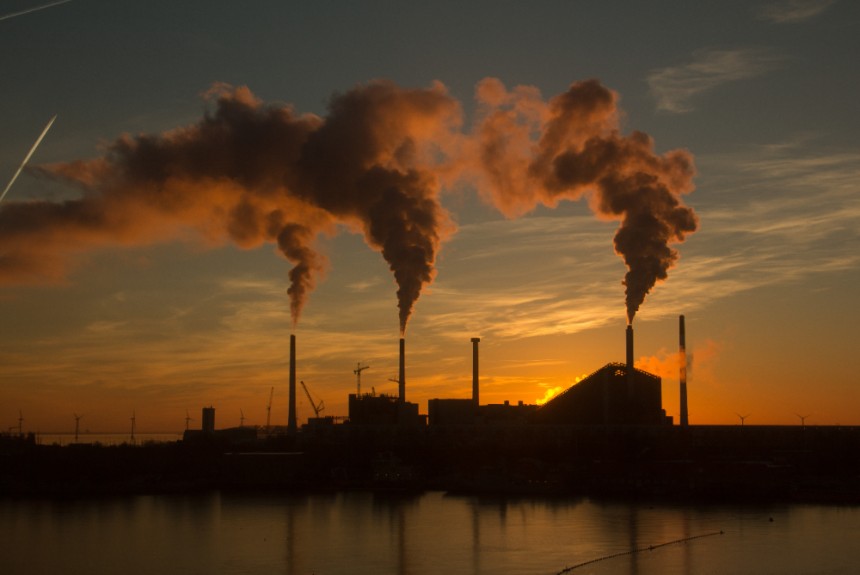What’s Behind the Surge in Coking Coal Demand and Pricing?
In recent years, the demand and pricing of coking coal have witnessed a sharp upward trend.

This surge has left many industry professionals, policymakers, and market analysts looking for explanations. With the global economy bouncing back from the pandemic, several factors are converging to drive up both the demand for coking coal and its prices. In this blog, we’ll explore these factors, analyzing what’s causing this surge and how long it may continue.
Understand the Environmental Impact of Coking Coal! Explore how it affects agriculture and energy use. Read More: https://pricevision.ai/
Understanding Coking Coal and Its Importance
Before delving into the reasons behind the surge in demand and pricing, it’s important to understand what coking coal is and why it is so crucial in various industries. Coking coal, also known as metallurgical coal, is primarily used in steel manufacturing. It’s a key ingredient in the production of coke, which is then used to produce steel. The steel industry is, in turn, critical for infrastructure, construction, transportation, and countless other sectors.
Given its essential role, coking coal is a commodity with a relatively inelastic demand — meaning, its consumption doesn’t fluctuate drastically with small price changes. However, when there is a sudden shift in global supply or demand dynamics, these price fluctuations can become more pronounced.
Steel Industry Growth and Coking Coal Demand
The most significant driver behind the surge in coking coal demand is the steel industry's rapid growth. As the global economy has recovered from the COVID-19 pandemic, demand for steel has skyrocketed. Countries across the world are investing heavily in infrastructure projects, building new homes, roads, and bridges, as well as increasing their manufacturing output.
China, the world’s largest producer of steel, has been a major player in this recovery, leading to an increased need for coking coal. While China itself is a large producer of coking coal, it relies on imports to meet its needs. As Chinese steel production ramps up, it is consuming more coking coal, contributing significantly to the higher global demand.
Demand From Emerging Markets
Emerging markets are another key factor in the increased demand for coking coal. Countries like India, Brazil, and various Southeast Asian nations are also expanding their industrial sectors, particularly the steel industry. These countries are seeing an economic boom, which is resulting in a surge in construction, manufacturing, and other steel-dependent industries.
As these nations modernize their infrastructure and increase production capacity, they are importing more coking coal to meet their steel production needs. This additional demand from emerging economies has added pressure to an already tight global coking coal market.
Global Supply Chain Challenges
While demand for coking coal is rising, the supply side has not kept up. Several supply chain disruptions have contributed to the rising prices. For instance, extreme weather events, such as flooding in key mining regions like Australia, have impacted coking coal production. Australia is one of the world’s largest exporters of coking coal, and any disruptions in its mining capacity significantly impact global supply.
In addition to weather-related disruptions, logistical issues, such as delays at ports and transport shortages, have compounded the problem. Transportation costs have surged, and this has made it more difficult to move coking coal from mines to the global markets, especially at times of high demand.
Mining Constraints and Geopolitical Tensions
Mining constraints in countries like Australia and Canada have led to reduced coking coal output. Many mines are reaching the end of their lifecycles, and new investments in mining operations have slowed due to environmental concerns and regulatory hurdles. Furthermore, geopolitical tensions in key coking coal-producing regions have also disrupted supply chains, causing additional uncertainty in the market.
This combination of limited supply and increasing demand has put upward pressure on prices. When demand outpaces supply, prices inevitably rise, and the coking coal market is no exception.
The Role of Energy Prices in Coking Coal Pricing
Another factor driving the surge in coking coal prices is the rising cost of energy. Coking coal is not just used in steel production; it’s also essential in energy production, particularly in power plants that rely on coal. As natural gas prices soar globally, many power plants have returned to using more coal, including coking coal.
This resurgence in coal use for energy generation, coupled with the growing demand from the steel industry, has pushed prices higher. Higher energy prices directly impact the cost of mining, transportation, and production of coking coal, all of which contribute to the rising cost of this essential commodity.
Environmental Regulations and the Transition to Green Alternatives
While environmental regulations have pushed many industries to move away from coal, the transition to greener alternatives has not yet provided a viable solution for the steel industry. Technologies like hydrogen-based steelmaking and electric arc furnaces are still in their infancy, and there are significant technological and economic barriers to scaling these alternatives.
As governments continue to impose stricter environmental regulations on carbon emissions, the steel industry’s reliance on coking coal is unlikely to change overnight. This continued demand for coking coal is contributing to the pressure on prices, as the industry works to reduce its carbon footprint while still relying on this essential resource for steel production.
Investments in Sustainable Mining Practices
There are efforts to make coking coal mining more sustainable, but these projects require significant investments and time. As the world moves toward sustainability, some countries have started implementing stricter regulations on coal mining practices, driving up the cost of production. However, these changes are unlikely to immediately reduce global reliance on coking coal, thus contributing to the continued rise in prices.
The Outlook for Coking Coal Prices
The outlook for coking coal prices remains uncertain. On one hand, the increased demand from the steel industry, particularly in emerging markets, suggests that prices could continue to rise in the near future. On the other hand, supply chain challenges and the potential for increased investments in alternative technologies may eventually stabilize the market.
Given the pivotal role coking coal plays in global steel production, its pricing will likely remain volatile. However, as countries continue to invest in infrastructure and industrial growth, demand for coking coal will remain strong. Any disruptions in supply, particularly from major coal-producing countries, could lead to further price increases, but in the long run, technological advances and changes in mining practices may help balance the market.
Conclusion
The surge in coking coal demand and pricing can be attributed to a combination of factors, including strong growth in the steel industry, rising demand from emerging markets, supply chain challenges, energy price fluctuations, and regulatory pressures. The global economy's recovery has put increased strain on the coking coal market, driving up both demand and prices. While supply constraints have contributed to the current surge, the long-term future of coking coal pricing will depend on global economic trends, technological advancements, and the industry's ability to adapt to environmental regulations.
The coking coal market is poised for continued volatility, and the forces driving demand and pricing are unlikely to change soon. For businesses in industries reliant on coking coal, it is crucial to remain agile and responsive to these market shifts, ensuring they can navigate the rising costs of this essential resource.
FAQs
1. Why is the demand for coking coal increasing?
The demand for coking coal is driven primarily by the growing steel industry, particularly in emerging markets and economies recovering from the pandemic.
2. How do supply chain disruptions affect coking coal prices?
Supply chain disruptions, such as extreme weather events and logistical challenges, reduce the supply of coking coal, driving up prices as demand outpaces supply.
3. How does the energy sector influence coking coal prices?
Rising energy prices, particularly for natural gas, have led many power plants to revert to using more coal, including coking coal, which in turn pushes up prices.
4. Are there alternatives to coking coal in steel production?
While alternatives like hydrogen-based steelmaking exist, they are still in the early stages of development and are not yet a viable replacement for coking coal in large-scale steel production.
5. What is the future outlook for coking coal prices?
The future of coking coal prices remains uncertain, but they are likely to remain volatile due to high demand, supply constraints, and global economic factors.
Source: https://bresdel.com/blogs/949229/What-s-Behind-the-Surge-in-Coking-Coal-Demand-and




